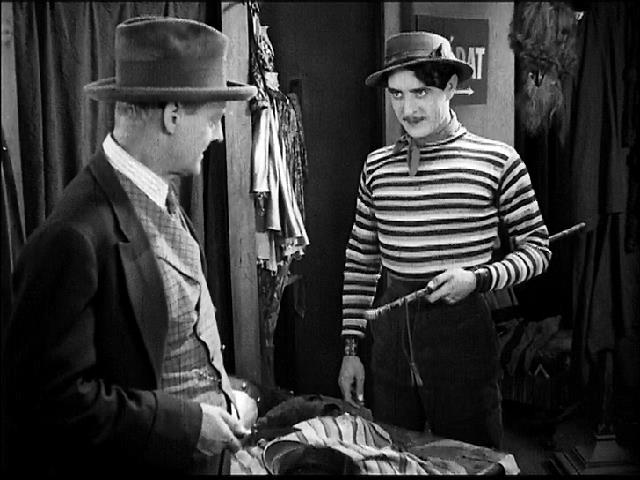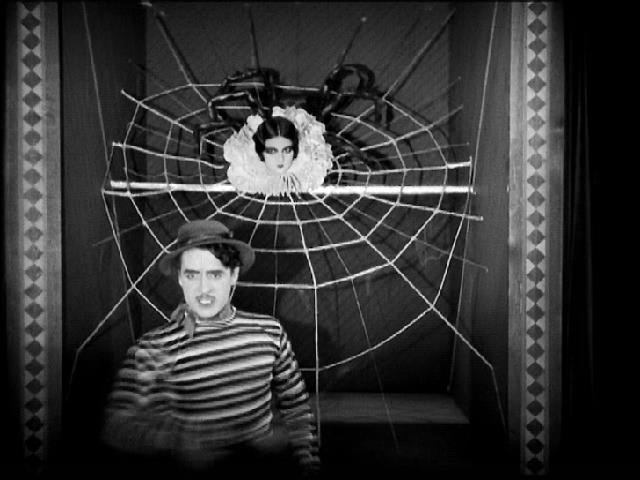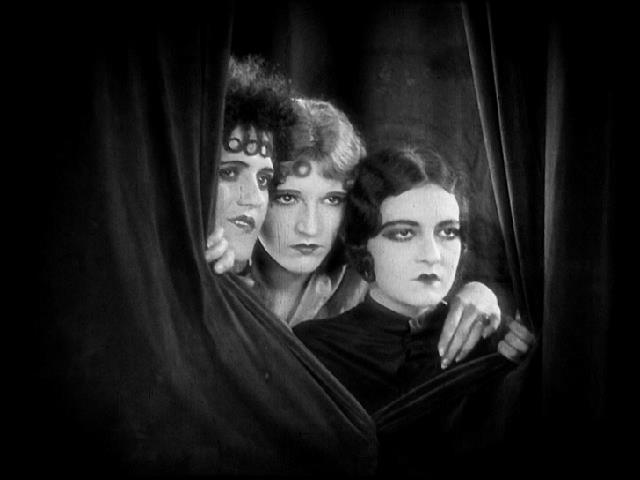Tod Browning may be the great filmmaker most in danger of being completely forgotten today. A few years back when I was invited to participate on a volume of 501 “notable” (I did not entirely agree on the choices) directors, I didn’t have to wrestle anybody in order to get to do the entry on Browning. Considering the fact — and it is a fact — that Browning’s Dracula (1931) marked the birth of the American horror film, this is incredible. Oh, sure, there had been earlier Hollywood horrors — including some of Browning’s — but Dracula was the first not to dodge the supernatural. And that was a game changer of no little import. But Browning was soon eclipsed by James Whale and others who were…well, more stylish and just plain more hip. Browning — despite an impressive box office track record — was a little mired in the aesthetic of the American silent film. Somehow the groundbreaking films of Paul Leni, Paul Fejos, and, most especially, F.W. Murnau didn’t penetrate Browning’s view of cinema.
Browning was a pictorialist, who firmly believed in the nailed-down camera technique of the American silent film. He was more interested in the movement within the frame — aided by editing — than he was in moving that frame. The Show — for all its atmospheric delights — is a perfect example. The year was 1927 — a year when Leni, Murnau, Frank Borzage, and Josef von Sternberg had all taken to the moving camera. Browning’s The Show contains one single — rather showy –use of moving camera. Otherwise, it’s all static shots and editing. But what Browning does within the self-imposed restrictions of his approach is remarkable in its own right. The atmosphere is undeniable. You can almost smell the cigar smoke of the sideshow crowd. There’s a pervasive sense of place about the entire film. To use a trite phrase, it feels fully lived in. And there are hints of Browning’s visual obsessions throughout. For example three sideshow women vying for John Gilbert’s attention are clearly the ancestors of Dracula’s wives in Browning’s best known film.
The story is no great shakes. It’s mostly a triangle affair with The Greek (Barrymore) seething with jealousy over Salome’s (Adorée) love for unregenerate lothario Cock Robin (Gilbert), whose primary interest in women is financial. Of course, this leads to Robin’s life being in grave danger — and ultimately his redemption. As is often the case with Browning, any legal repercussions from his earlier transgressions will be somewhat preposterously — and with little explanation — swept aside. What makes the film work — aside from its atmosphere — is that it feels very sincere at every turn. It’s even quite moving on occasion — something held nicely in check by the enjoyable melodrama and an undercurrent of cynicism.
The Hendersonville Film Society will show The Show Sunday, Feb. 22, at 2 p.m. in the Smoky Mountain Theater at Lake Pointe Landing Retirement Community (behind Epic Cinemas), 333 Thompson St., Hendersonville.







Before you comment
The comments section is here to provide a platform for civil dialogue on the issues we face together as a local community. Xpress is committed to offering this platform for all voices, but when the tone of the discussion gets nasty or strays off topic, we believe many people choose not to participate. Xpress editors are determined to moderate comments to ensure a constructive interchange is maintained. All comments judged not to be in keeping with the spirit of civil discourse will be removed and repeat violators will be banned. See here for our terms of service. Thank you for being part of this effort to promote respectful discussion.